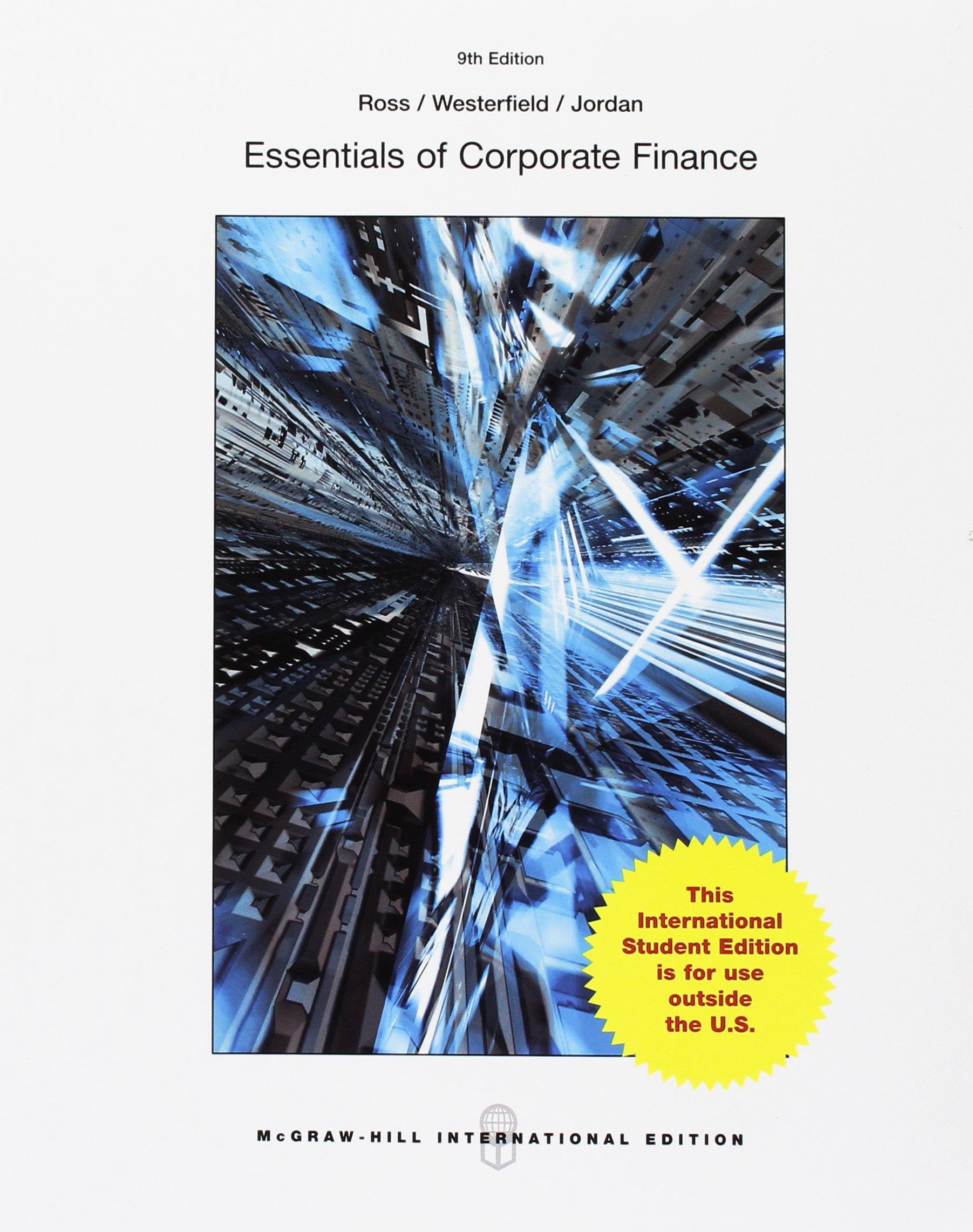Question
Because of the dramatic growth at East Coast Yachts, Larissa decided that the company should be reorganized as a corporation (see our Chapter 1 Closing
Because of the dramatic growth at East Coast Yachts, Larissa decided that the company should be reorganized as a corporation (see our Chapter 1 Closing Case for more detail). Time has passed and, today, the company is publicly traded under the ticker symbol ECY.
Dan Ervin was recently hired by East Coast Yachts to assist the company with its short-term financial planning and also to evaluate the companys financial performance. Dan graduated from college five years ago with a finance degree, and he has been employed in the treasury department of a Fortune 500 company since then.
The companys past growth has been somewhat hectic, in part due to poor planning. In anticipation of future growth, Larissa has asked Dan to analyze the companys cash flows. The companys financial statements are prepared by an outside auditor. Nearby you will find the most recent income statement and the balance sheets for the past two years.

Larissa has asked Dan to prepare the financial statement of cash flows and the accounting statement of cash flows. She has also asked you to answer the following questions:
A. How would you describe East Coast Yachts cash flows?
B. Which cash flows statement more accurately describes the cash flows at the company?
C. In light of your previous answers, comment on Larissas expansion plans.

\begin{tabular}{|c|c|} \hline \multicolumn{2}{|c|}{\begin{tabular}{l} EAST COAST YACHTS \\ 2020 Income Statement \end{tabular}} \\ \hline Sales & $550,424,000 \\ \hline Cost of goods sold & 397,185,000 \\ \hline Selling, general, and administrative & 65,778,000 \\ \hline Depreciation & 17,963,000 \\ \hline EBIT & $69,498,000 \\ \hline Interest expense & 9,900,000 \\ \hline EBT & $59,598,000 \\ \hline Taxes (25%) & 14,899,500 \\ \hline Net income & $44,698,500 \\ \hline Dividends & \\ \hline Retained earnings & 25,234,000 \\ \hline \end{tabular} $21.8 million in new stock and repurchased $32.08 million. The company purchased $53.5 million in fixed assets and sold $5.046 million in fixed assets. \begin{tabular}{|c|c|c|c|c|c|} \hline \multicolumn{6}{|c|}{\begin{tabular}{c} EAST COAST YACHTS \\ Balance Sheet \end{tabular}} \\ \hline & 2019 & 2020 & & 2019 & 2020 \\ \hline Current assets & & & Current liabilities & & \\ \hline Cash and equivalents & $9,580,100 & $10,107,000 & Accounts payable & $38,133,900 & $40,161,400 \\ \hline Accounts receivable & 17,032,300 & 16,813,300 & Accrued expenses & 4,875,600 & 5,723,700 \\ \hline Inventories & 15,382,000 & 18,135,700 & Total current liabilities & $43,009,500 & $45,885,100 \\ \hline Other & 987,900 & 1,054,900 & & & \\ \hline Total current assets & $42,982,300 & $46.110.900 & Long-term debt & $136,674,000 & $152,374,000 \\ \hline Fixed assets & & & Total long-term liabilities & $136,674,000 & $152,374,000 \\ \hline \begin{tabular}{l} Property, plant, and equipment \\ Less accumulated depreciation \end{tabular} & \begin{tabular}{r} $364,255,000 \\ (84,489,000) \end{tabular} & \begin{tabular}{l} $412,032,000 \\ (102,452,000) \end{tabular} & & & \\ \hline Net property, plant, and equipment & $279,766,000 & $309,580,000 & Stockholders' equity & & \\ \hline Intangible assets and others & 6,095,000 & 6,772,000 & Preferred stock & $1,773,000 & $1,773,000 \\ \hline \multirow[t]{5}{*}{ Total fixed assets } & $285,861,000 & $316,352,000 & Common stock & 26,730,000 & 31,802,000 \\ \hline & & & Capital surplus & 10,620,000 & 27,348,000 \\ \hline & & & Accumulated retained earnings & 120,728,800 & 146,052,800 \\ \hline & & & Less treasury stock & (10,692,000) & (42,772,000) \\ \hline & & & Total equity & $149,159,800 & $164,203,800 \\ \hline Total assets & $328.843.300 & $362.462.900 & \begin{tabular}{l} Total liabilities and \\ shareholders' equitv \end{tabular} & $328.843.300 & $362.462.900 \\ \hline \end{tabular} This needs to be filled out in conjunction with answering the questions: | Operating cash flow Earnings before interest and taxes Depreciation -Current taxes Operating cash flow Capital spending Acquisition of fixed assets Sale of fixed assets Capital spending Alternatively, Ending fixed assets -Beginning fixed assets Depreciation Capital spending Net working capital cash flow Ending NWC Beginning NWC NWC cash flow Cash flow from assets Operating cash flow -Net capital spending -Change in net working capital
Step by Step Solution
There are 3 Steps involved in it
Step: 1

Get Instant Access to Expert-Tailored Solutions
See step-by-step solutions with expert insights and AI powered tools for academic success
Step: 2

Step: 3

Ace Your Homework with AI
Get the answers you need in no time with our AI-driven, step-by-step assistance
Get Started


